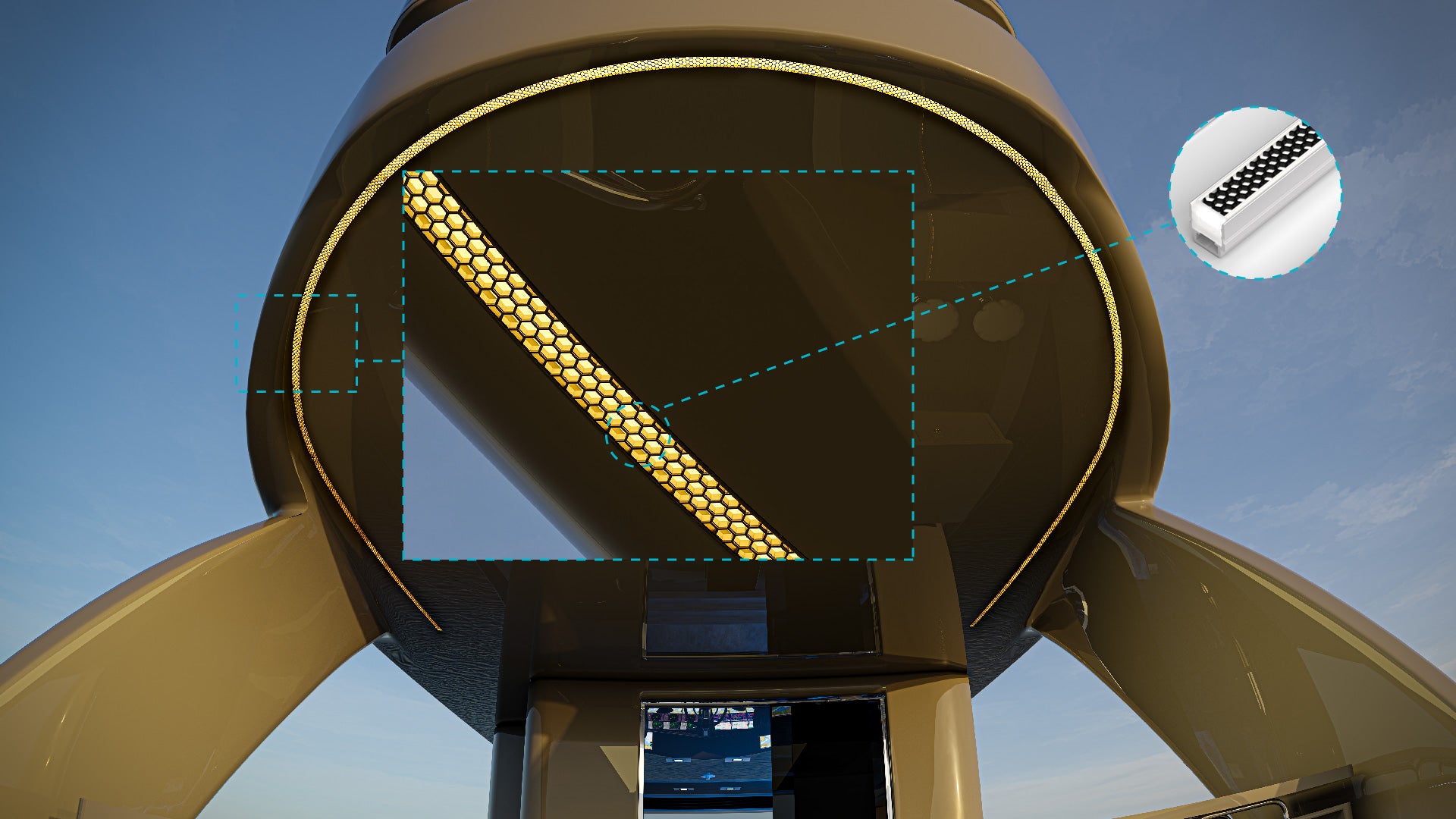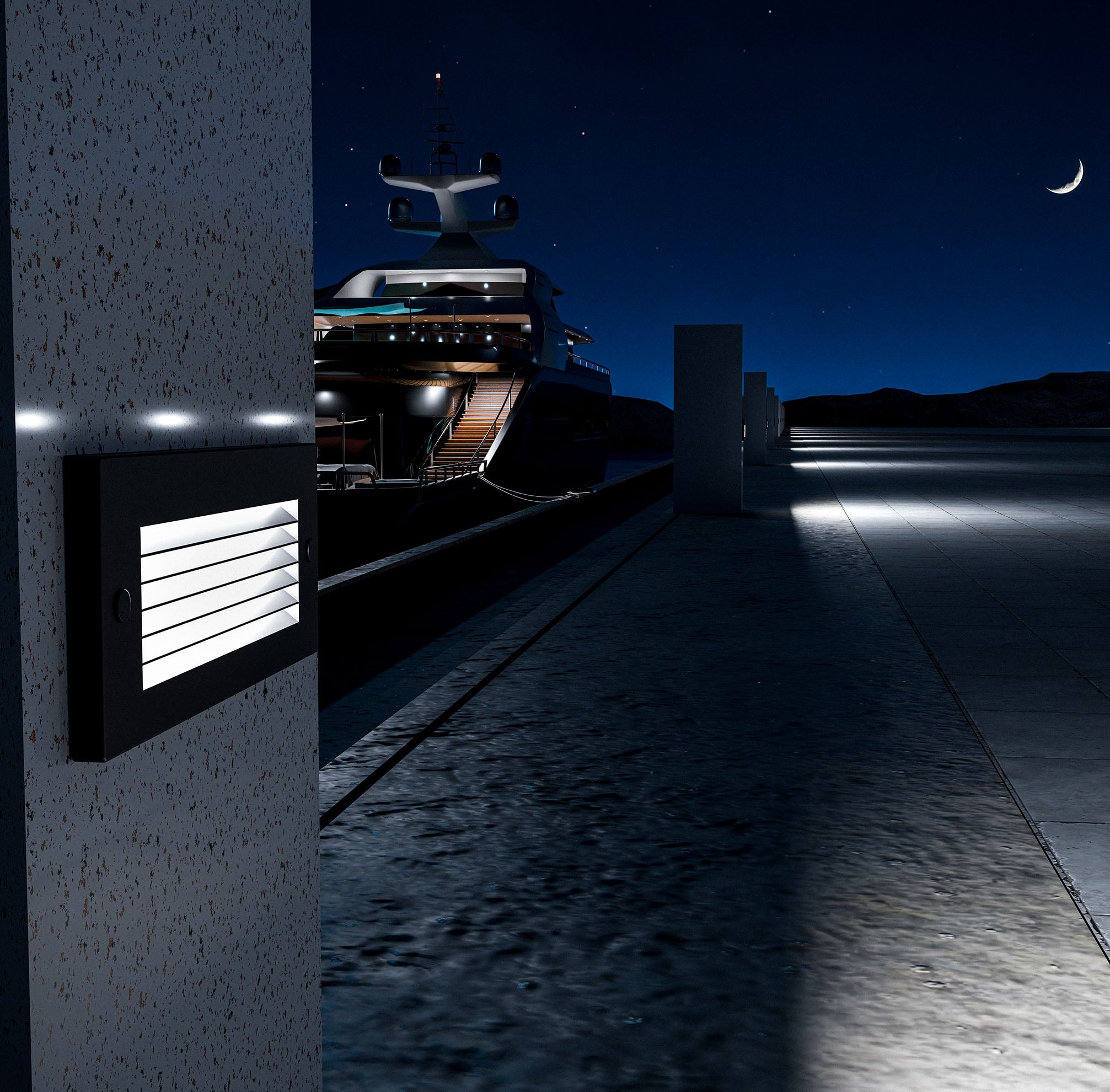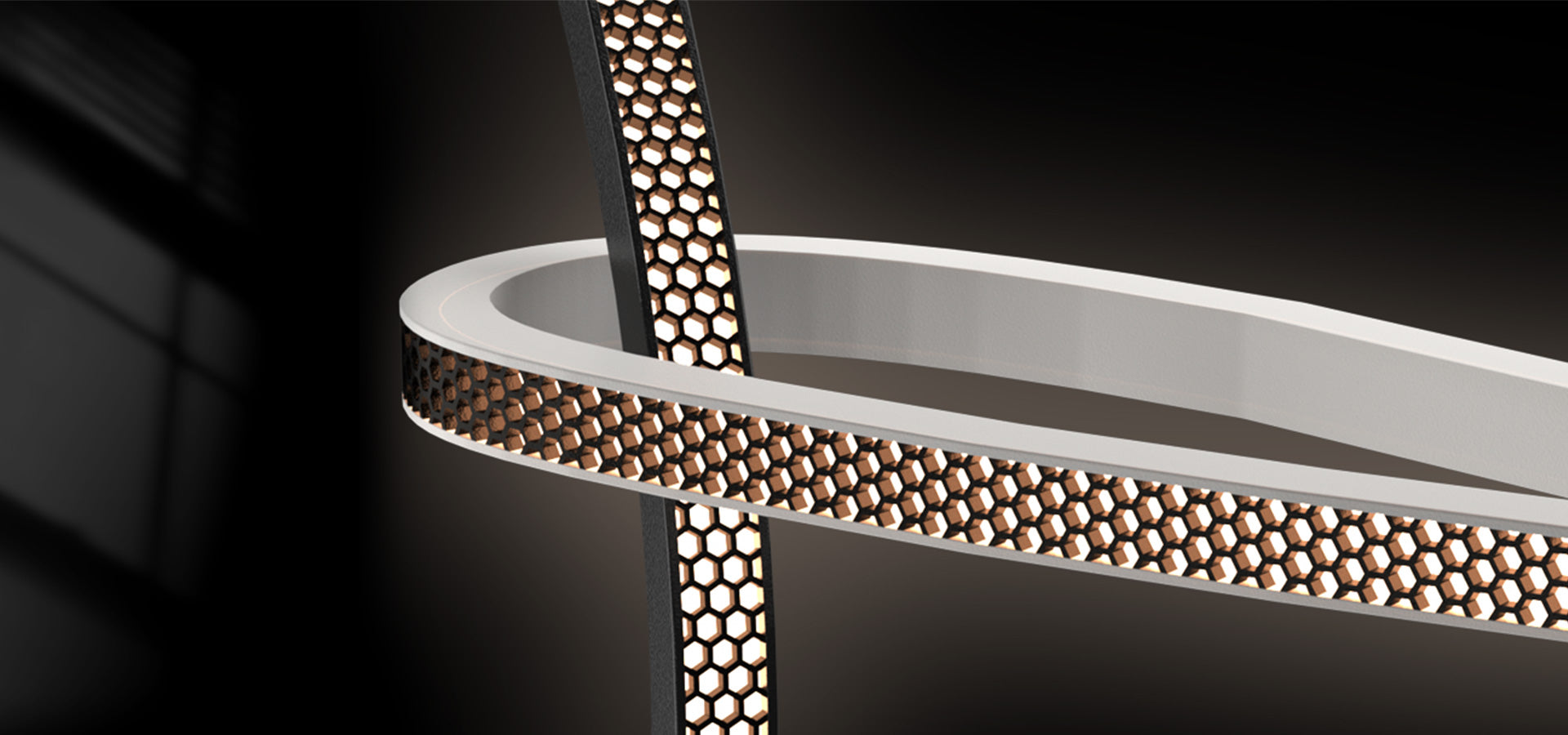Corporate offices rely on effective lighting to create productive, comfortable environments for employees while maintaining energy efficiency and reducing operational costs. LED lighting has become the preferred choice for office spaces, offering benefits such as improved energy savings, enhanced employee comfort, and increased safety.
Energy Efficiency and Cost Savings
Reduced Energy Consumption in Office Buildings
Corporate offices often operate for long hours, with lighting running throughout the day. LED lighting uses up to 75% less energy than traditional incandescent or fluorescent bulbs, resulting in significant energy savings. This is particularly beneficial in large office buildings where lighting is a major contributor to energy consumption.
Long Lifespan and Reduced Maintenance Costs
LED lights last much longer than traditional lighting solutions, often up to 25 times longer. This extended lifespan reduces the need for frequent replacements, which in turn lowers maintenance costs. For corporate offices, this means fewer disruptions to daily operations and less time and money spent on maintaining lighting systems.
Supporting Corporate Sustainability Goals
Many corporations are prioritizing sustainability as part of their corporate social responsibility initiatives. LED lighting is an environmentally friendly option, reducing energy consumption and lowering carbon emissions. Additionally, LEDs are mercury-free, making them safer for the environment when it’s time to dispose of them.
Improved Safety and Security
Bright and Uniform Lighting for Workspaces
Proper lighting is essential for ensuring employee safety and comfort in office environments. LED lighting provides bright, uniform illumination, reducing eye strain and making it easier for employees to focus on their tasks. This even lighting distribution helps minimize accidents and ensures a safer work environment for everyone.
Enhanced Security in Parking Lots and Entrances
Office buildings often have large parking areas and entryways that require adequate lighting for safety and security. LED lighting offers reliable, bright illumination in these areas, reducing the risk of accidents and deterring potential security threats. Motion-sensing LEDs can further enhance security by lighting up when movement is detected, conserving energy while maintaining safety.
Emergency and Backup Lighting Systems
LED lighting is ideal for emergency lighting systems, such as exit signs and backup lights during power outages. LEDs are energy-efficient and reliable, ensuring that these critical lights remain operational when needed most, keeping employees safe in emergencies.
Enhanced Employee Well-Being and Productivity
Creating a Comfortable Workspace with LED Lighting
The quality of office lighting has a direct impact on employee well-being and productivity. LED lighting can be adjusted for brightness and color temperature, allowing employers to create a comfortable and welcoming workspace. Cooler, brighter light is ideal for increasing alertness during working hours, while warmer, softer lighting can be used in relaxation areas such as break rooms.
Reducing Eye Strain and Fatigue
LED lights provide uniform, flicker-free illumination, which helps reduce eye strain and fatigue. This is particularly important in corporate offices where employees spend long hours working at computers. Proper lighting conditions can help improve focus and reduce headaches, creating a more comfortable and productive work environment.
Enhancing Conference Rooms and Collaborative Spaces
In conference rooms and collaborative spaces, adjustable LED lighting allows for a variety of settings depending on the task at hand. Bright, focused lighting is ideal for presentations, while dimmable lighting can create a more relaxed atmosphere for brainstorming sessions or video conferences. This flexibility improves the functionality of office spaces.
Versatile Applications Across Office Spaces
Tailored Lighting for Different Office Areas
Corporate offices are made up of various areas with different lighting needs. LED lighting can be tailored for specific spaces such as open-plan workstations, individual offices, and meeting rooms. For example, bright, uniform lighting is essential for general office areas, while softer, ambient lighting can create a more comfortable atmosphere in lounges and break rooms.
Illuminating Entrances, Lobbies, and Reception Areas
First impressions matter, and the lighting in entrance lobbies and reception areas plays a key role in setting the tone for visitors and employees alike. LED lighting can be used to create a professional, inviting atmosphere in these spaces. It also helps ensure that these high-traffic areas are well-lit, improving both aesthetics and safety.
Outdoor Lighting for Office Complexes
Outdoor areas such as walkways, parking lots, and building facades also benefit from LED lighting’s durability and brightness. LED lights provide consistent, energy-efficient illumination in these areas, ensuring that employees and visitors feel safe when entering or leaving the premises, especially after dark.
Sustainability and Environmental Responsibility
Reducing the Corporate Carbon Footprint
Switching to LED lighting helps corporations reduce their carbon footprint by lowering energy consumption and greenhouse gas emissions. Many businesses are adopting sustainable practices, and LED lighting is a key part of these initiatives. This not only helps the environment but also aligns with the growing demand from clients and employees for companies to demonstrate their commitment to sustainability.
Mercury-Free and Safe Disposal
Traditional lighting systems often contain hazardous materials such as mercury, which can pose environmental risks during disposal. LED lights are mercury-free and therefore safer for the environment and the facility’s maintenance staff. When LED lights reach the end of their life cycle, they can be disposed of more easily and responsibly, supporting the company’s sustainability goals.
Better Technology Integration
Smart Lighting Systems for Energy Efficiency
Corporate offices are increasingly integrating smart technologies into their buildings, and LED lighting fits seamlessly into these systems. Smart LED lighting allows facility managers to automate lighting controls, optimizing energy use based on occupancy, daylight levels, or scheduled work hours. This reduces energy waste and ensures that lighting is always appropriate for the time of day or task.
Real-Time Monitoring and Automated Controls
With smart lighting systems, offices can monitor energy use and lighting performance in real-time. Automated lighting controls can dim or brighten lights based on occupancy, natural light levels, or other factors, further enhancing energy efficiency. These systems provide valuable data that helps corporate offices make informed decisions about energy management and operational improvements.
LED lighting is revolutionizing corporate offices by offering energy efficiency, improving employee well-being, and creating safer, more productive work environments. From illuminating workspaces and conference rooms to enhancing outdoor areas and entrances, LED lighting provides a versatile and cost-effective solution for modern office spaces. By adopting LED technology, corporate offices can improve their operational efficiency, reduce costs, and support sustainability goals, all while creating a better environment for employees and visitors.









